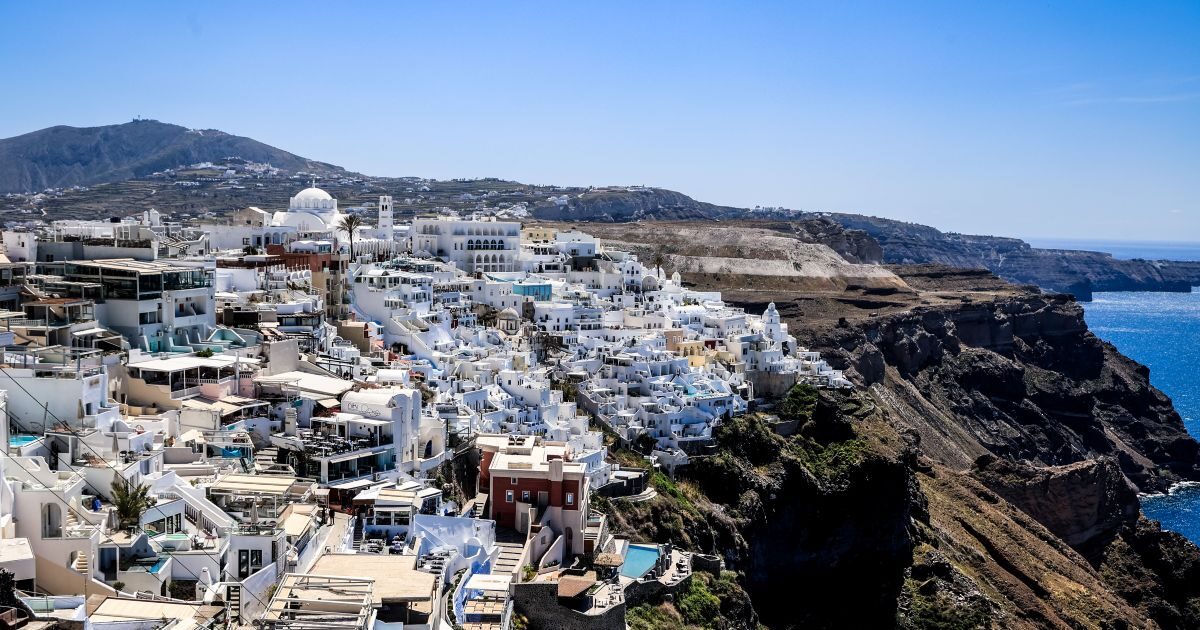For the sixth consecutive year, Greece is at the top of Europe as the country with the highest burden of housing costs. At the same time, civil servants, doctors and teachers are faced with a relentless reality, as they cannot even cover the basic roofing costs of tourist destinations where they are required to serve. The problem is more intense in the islands of Cyclades Due to a small stock residential but also of high demand.
According to Indomio figures, the average price for rent for rent in March 2025 was 12.62 euros per sqm, recording an increase of 0.16% compared to April 2024 (12.60 euros per month per sqm). In the last 2 years, the average price in the Cyclades area has reached the highest point in July 2024, with an average price of 13.60 euros per sq.m. The lowest price was noted in December 2024, where for a property for rent the average requested price was € 11.82 per month per sq.m.
The latest available data accurately depict this variation, revealing a two -speed market – with islands targeting high -ending, as well as other destinations that continue to maintain accessibility for the average Greek or employee.
Expected, Mykonos maintains the title of the most expensive island, with the average rental price of 18.33 euros/sqm. This is an amount that translates to over 1,000 euros a month for a small apartment of 60 sqm, a cost of unbearable for most permanent residents and workers seasonally or throughout the year. The residential crisis in Mykonos is not a new phenomenon, as the available real estate for long -term leasing is minimal and their overwhelming majority has been transformed into short -term lease accommodation, Airbnb type.
Following is Santorini, another global brand name of Greek tourism, with 16.5 euros/sqm, which boosts its profile as a premium tourist destination. High yields from short -term lease have led to a significant shrinkage of residential reserve for permanent accommodation, with social impacts now visible, especially in the fields of health, education and catering, where a lack of staff is recorded.
In Paros, an island that has been rapidly growing in recent years with new tourist investment, prices reach 12.97 euros/sqm, while on the islands with a tradition of holiday home, such as Kea (9.05 euros/sqm) and Naxos (9.01 euros/sqm), there is a gradual increase in growth and increased demand. In Syros, which also operates as the seat of the South Aegean Region and a key transport hub, the average price reaches 8.72 euros/sqm, an indication that the administrative islands do not remain unaffected by the upward pressure.
Andros, with less intense tourist footprint and a lower dependence on short -term lease, remains more accessible at 6.93 euros/sqm, while in Naxos Drymalia, namely the island’s inland, the average price goes down even further, at 5.99 euros/sqm. There, the balances between tourism and permanent residence are maintained – for the time being – without much pressure.
On the other side of the scale, islands with smaller tourist saturation and limited tourism development, such as Serifos (3.94 euros/sqm) and Sifnos (3.66 euros/sqm), which continue to offer rental solutions with milder prices, especially for locals. However, here too the fears of future increases are not absent.
Kythnos is the most affordable option, with the lowest price in the Cyclades: just 1.90 euros/sqm. Although it is just two hours from Lavrio, it remains outside the Radar of large tourist currents. Isolation and limited growth explain low prices, but this may change in the coming years, if they are announced for tourism investment and infrastructure projects.
High diversification in rental prices is not just a numerical issue. It is a mirror of inequalities created in local communities, especially in municipalities where the roof has ceased to be a social good and has become a luxury. Much of the real estate, especially in the most developed tourist islands, has been withdrawn from the long -term market, resulting in areas where even nurses or teachers move daily from another island due to a lack of housing.
As the summer season approaches and the islands are filled, the issue of home is expected to be in the center again. If there are no institutional measures to support long -term lease, there is a risk of consolidating a disharmony where the islands will be accessible only to tourists – but not for those who keep them alive all year long.
